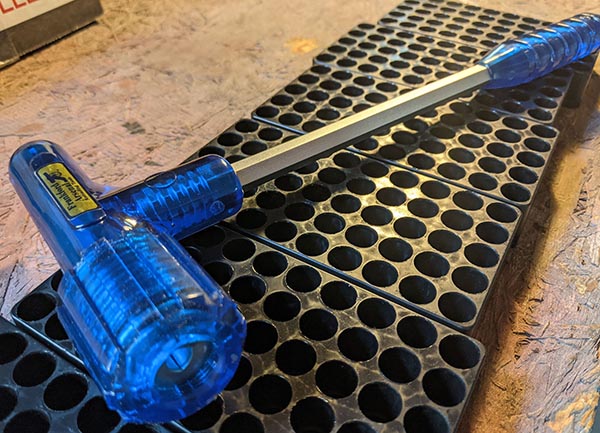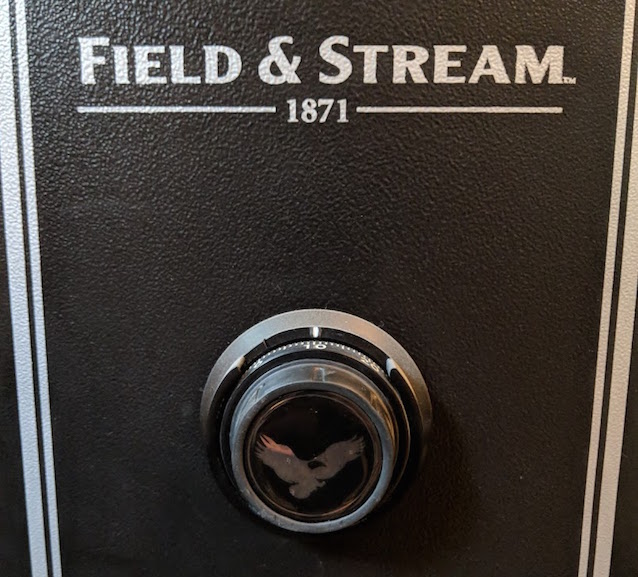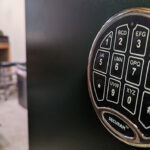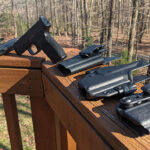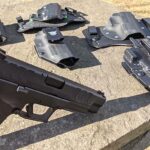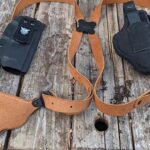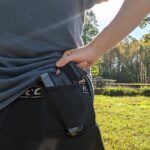Today, I’ll be discussing one of the lesser-known tools in a reloaders arsenal — a bullet puller. Although a bullet puller may sound intimidating it is a reliable and safe way to disassemble your ammunition. Therefore, I’m answering a bunch of common questions to hopefully put your mind at ease.
Table of Contents
What Is A Bullet Puller Used For?
Some people have a misconception that a bullet puller is used to remove a stuck cartridge. However, a bullet puller is actually used to separate the bullet –the actual projectile — from the casing of a cartridge. Once the bullet has been pulled, you are free to dump out the powder charge.
The name bullet puller is actually a bit misleading. A bullet extractor might actually be a more appropriate description. In fact, on some models of bullet puller there isn’t any pulling involved.
Why Would I Need A Bullet Puller?
There are several reasons you might want to use a bullet puller. First, and probably the most relevant reason to pull a bullet is for the purposes of reloading.
When reloading you may want to check your work by taking random samples from your reloads and measuring a few of your powder drops. Using a bullet puller allows you to reuse the cartridge components, such as the casing and bullet, to reload later.
Another reason to use this type of tool is to decommission an unknown cartridge. For instance, a cartridge you find on the range. You shouldn’t fire cartridges through your gun that you aren’t familiar with. Using a bullet puller is a safe way to render the cartridge inoperable, except the primer, and dispose of any components you can’t reuse for reloading.
Finally, using a puller allows you to examine the inner workings of a cartridge for educational purposes. For instance, you can disassemble a cartridge to instruct a new shooters on how their ammo works and explaining misfires and other ammo malfunctions.
Is It Safe To Take A Cartridge Apart?
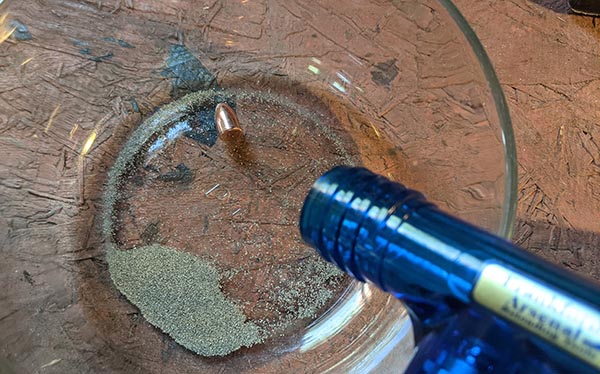
Using a bullet puller according to the manufacturer instructions, makes taking apart a cartridge safe. Such tools have been designed with safety as a priority when used properly. However, when using tools that are not intended to disassemble a bullet you are increasing the odds of an accidental discharge.
Although it is possible to use pliers, vice grips, and other common shop tools to take apart a bullet these methods can create dangerous situations. Additionally, these tools can cause irreparable damage to components, such as the bullet, that otherwise might be usable.
What Are The Different Types Of Bullet Pullers?
Functionally, there are two different types of bullet pullers — inertia and cam lock. Although the end result is the same, the method for extracting the bullet varies. Each style of bullet puller has pros and cons. Let’s take a look at each type of bullet puller. Afterwards, I’ll discuss how to use each version.
Inertia Driven Hammer Bullet Pullers
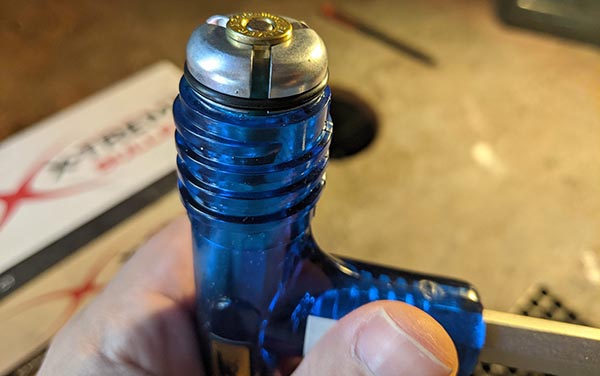
Pros Of An Inertia Puller
Inertia style bullet pullers, that look like a hammer, are a cost effective means to take a cartridge apart. With very few pieces, they allow you to easily take apart various sized cartridges. Inertia bullet pullers are extremely easy to operate. In addition to the puller a piece of wood is required (for banging the hammer against) to pull the bullet.
- Less expensive than collet style counterparts
- Easy to assemble and operate and no moving parts
- Not dependent upon a press
Cons Of An Inertia Puller
Because they rely on force to dislodge the bullet, this type of puller should not be used with rimfire cartridges. Additionally, these tools are not as sturdy as their more complex couterparts. Finally, inertia style pullers require an additional step to recycle the components which I’ll cover more in the how to section of the article.
- ***Cannot be used with rimfire cartridges
- Longer process when pulling bullets in bulk
- Cleanup of components is more difficult
- Less consistent and effective with factory or aggressive crimps
Mechanical Cam Lock Bullet Pullers
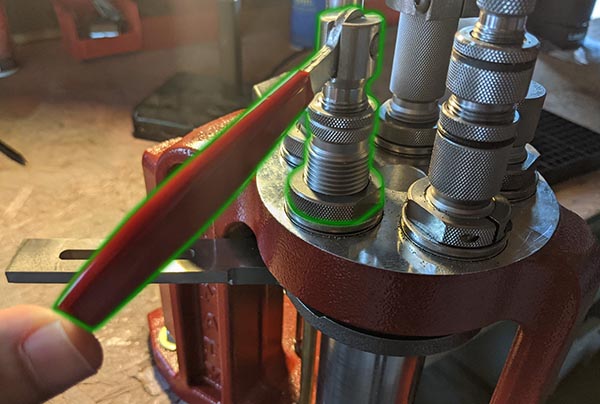
Pros Of A Cam Lock Puller
If you’ll be disassembling a bunch of rounds using a cam lock style puller will be much faster. Not only is cleanup of components easier with a mechanical puller, but it is also more efficient. Additionally, this type of puller is more effective when using factory crimped ammunition.
- Easier to cleanup separated components
- Consistent separation of bullet from cartridge
- Better material and construction
Cons Of A Cam Lock Puller
This type of accessory usually requires you to have a reloading press. Additionally, you may mar several bullets during the setup of your cam lock puller. Because of the construction, a cam lock puller is going to be a bit more expensive but not enough to break the bank. However, the cost savings will become apparent in the time it takes to pull bullets.
- Require additional steps to setup and tune
- Improperly setup puller can damage the bullet
- Used in conjunction with a reloading press
How To Use A Bullet Puller
Best Bullet Pullers For Reloading
I may be partial, but I’m very fond of my reloading tools. Therefore, you may be more comfortable asking your reloading buddies what they use and why. However, I think the best hammer style puller is the Frankford Arsenal Bullet Puller (available on Amazon). Not only is it easy to use, if you get confused about something just review the above video for instructions.
If you’re taking apart ammo in a large batch, then using the Hornady Cam Lock puller is the best bullet puller for your needs. You’ll need to take a bit of time to configure but if you reload predominantly one type of cartridge after that first setup you can reuse over and over again without adjustment. However, since collets are sold separately, make sure you get the collets for the calibers you reload.
Parting Shots
Hopefully you have a better understanding of what a bullet puller actually is, and what it is used for. Additionally, I hope I’ve put your worries to rest when it comes to using these tools to take apart ammunition. Do you have additional questions? Leave a comment. If you found this content useful or informative, please share it with your network.
